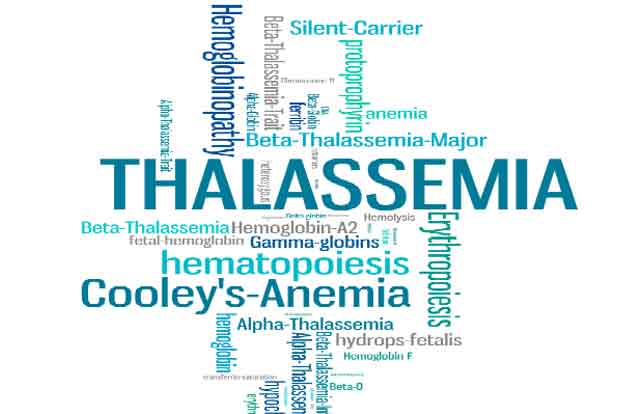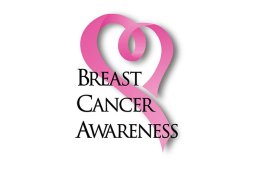Categories
- Bariatric Surgery (11)
- Black Fungus (5)
- Bone Marrow transplant (3)
- Brain Tumor Surgery Navigation Technology (20)
- Cardiac Surgery (66)
- Cardiology (97)
- Computer navigation technology for joint replacements (20)
- Covid Vaccination (17)
- Critical Care (2)
- Dental (19)
- Dermatology (31)
- Dialysis Support Group - “UTSAAH” (11)
- Dietitian (33)
- Emergency Medicine (4)
- Emotional Health (11)
- Endocrinology (33)
- ENT (20)
- Gastroenterology and GI Surgery (53)
- General and Laparoscopic Surgery (21)
- General Surgery (4)
- Gynecology & Obstetrics (183)
- Hematology (20)
- Internal Medicine (294)
- Kidney Transplant (50)
- Kidney Transplantation (20)
- Lung Cancer (8)
- Minimal Invasive Surgery (1)
- Mother & Child (20)
- mucormycosis (5)
- Nephrology (61)
- Neurology (147)
- Neurosurgery (68)
- Nutrition and Dietetics (107)
- Omicron Variant (1)
- Oncology (288)
- Ophthalmology (10)
- Orthopaedics & Joint Replacement (86)
- Paediatrics (59)
- Pediatric Nephrology (3)
- Physiotherapy (5)
- Plastic & Reconstructive Surgery (6)
- Psychiatry and Psychology (90)
- Psychologist (28)
- Pulmonology (72)
- Rheumatology (13)
- Spine Services (21)
- Transradial Angioplasty (16)
- Urology (84)
Query Form
Posted on Apr 19, 2022
What are the symptoms of Thalassemia?
Thalassemia is a genetic disorder caused due to defective hemoglobin in the synthesis leading to anemia. It is of two types and depending on the severity of the symptoms the treatment is decided.
- Thalassemia Minor – They are usually asymptomatic and they are often diagnosed on CBC tests and confirmed by hemoglobin electrophoresis tests. They can have mild anemia, jaundice, and mild splenomegaly. These patients may need a blood transfusion every 3 to 4 months. They can have significant iron overload and multi-organ complications due to iron deposition.
- Thalassemia Major – This is a serious form of thalassemia where the child is dependent on blood transfusions since early childhood. They usually have severe iron overload because of blood transfusion and increased iron absorption from the gut.

Treatment of Thalassemia
The best way to treat thalassemia is with blood transfusion, iron chelation, and stem cell transplantation. Stem cell transplantation is a curative option of thalassemia major and at an early stage, there is a 90% chance of cure, while chances are less than 50% if significant iron overload is there. In stem cell transplantation stem cell is taken from bone marrow blood of HLA matched sibling. In case of no HLA matching in the siblings, a stem cell can be taken from parents, unrelated matched person or cord blood.
Thalassemia can be prevented from our society if we prevent the marriage of two thalassemia minor and by prenatal diagnosis during the early part of pregnancy.



